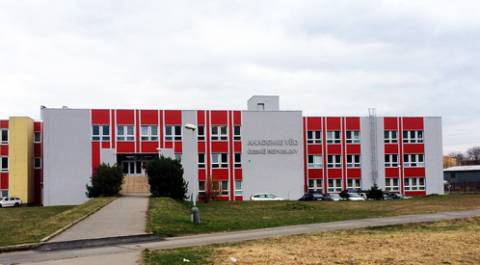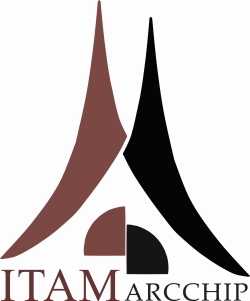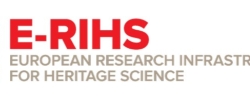|
The Institute of Theoretical and Applied Mechanics
works on scientific research in the field of solid phase mechanics, oriented particularly on micromechanics, biomechanics of solids, statistical dynamics of systems and media, nonlinear mechanics of systems, processes of failure of materials, mechanics of multifunctional materials, mechanics of particular media, and computer and numerical mechanics.
|
 |

















